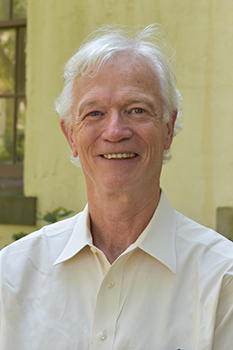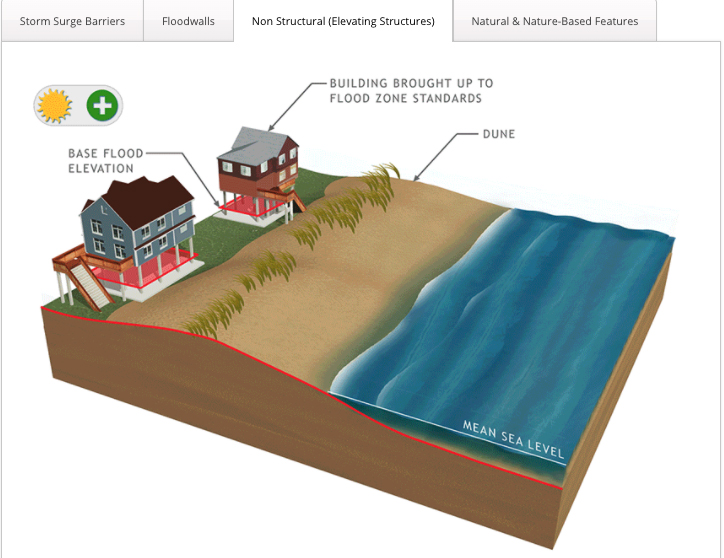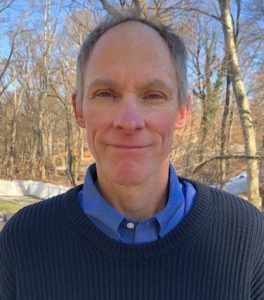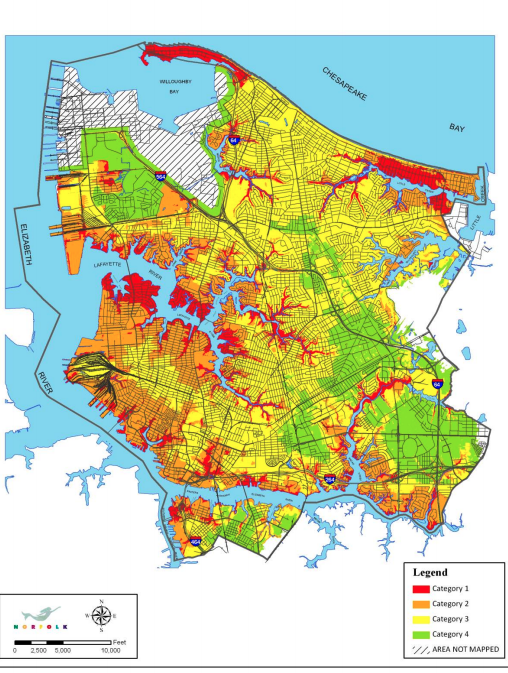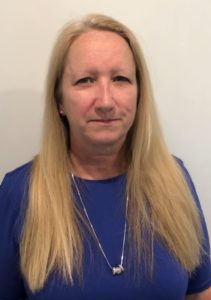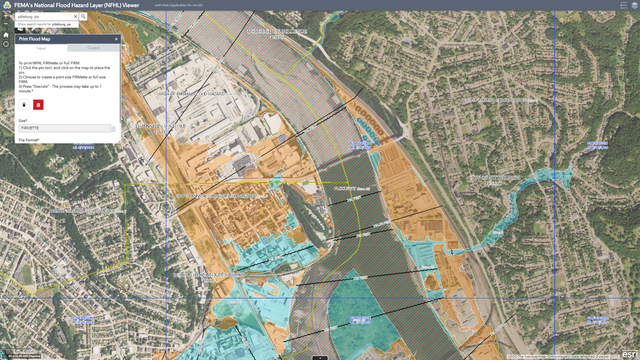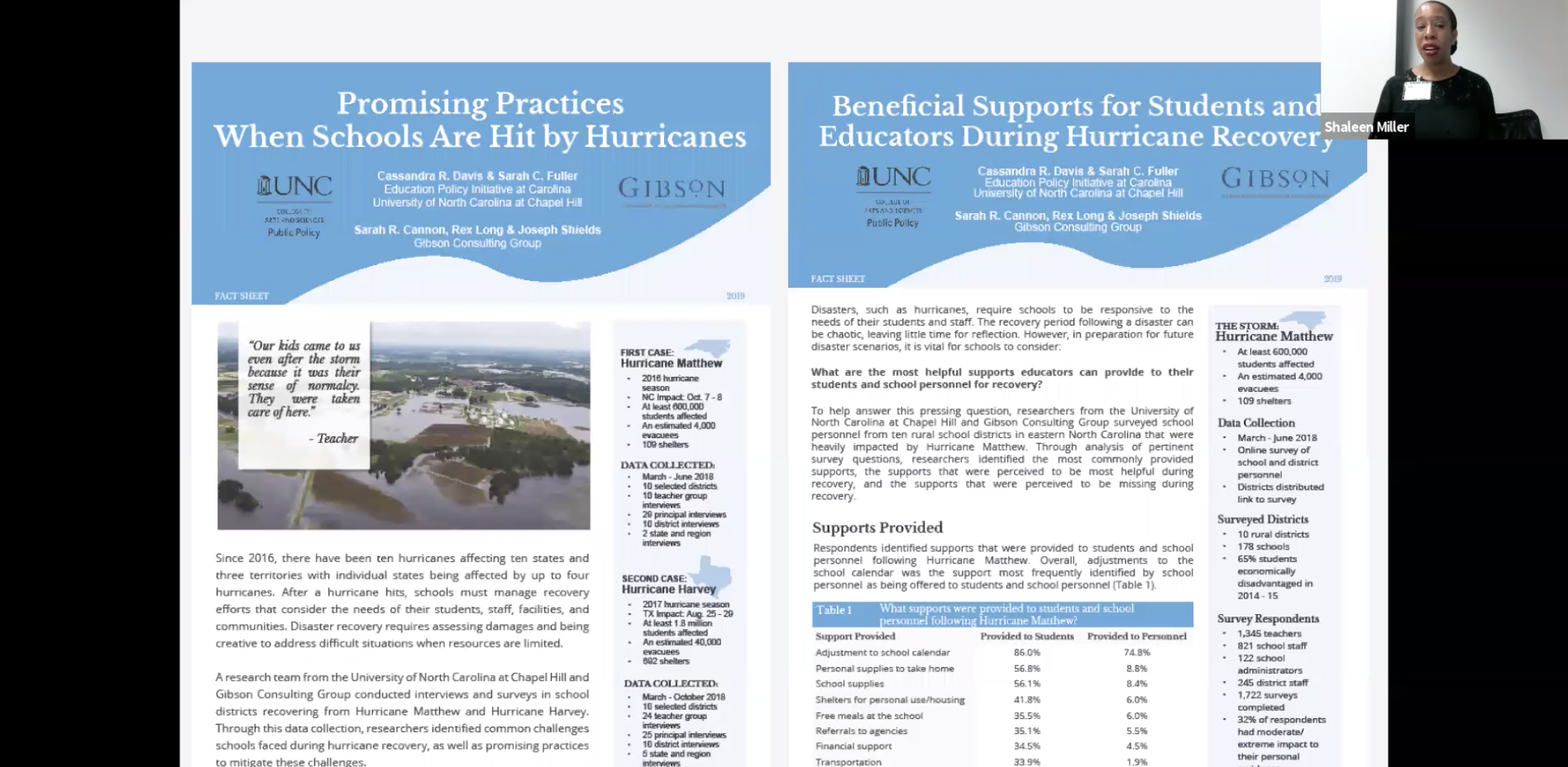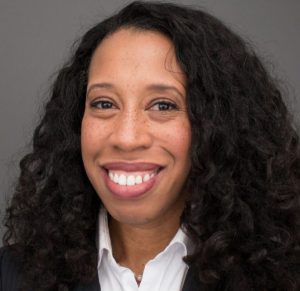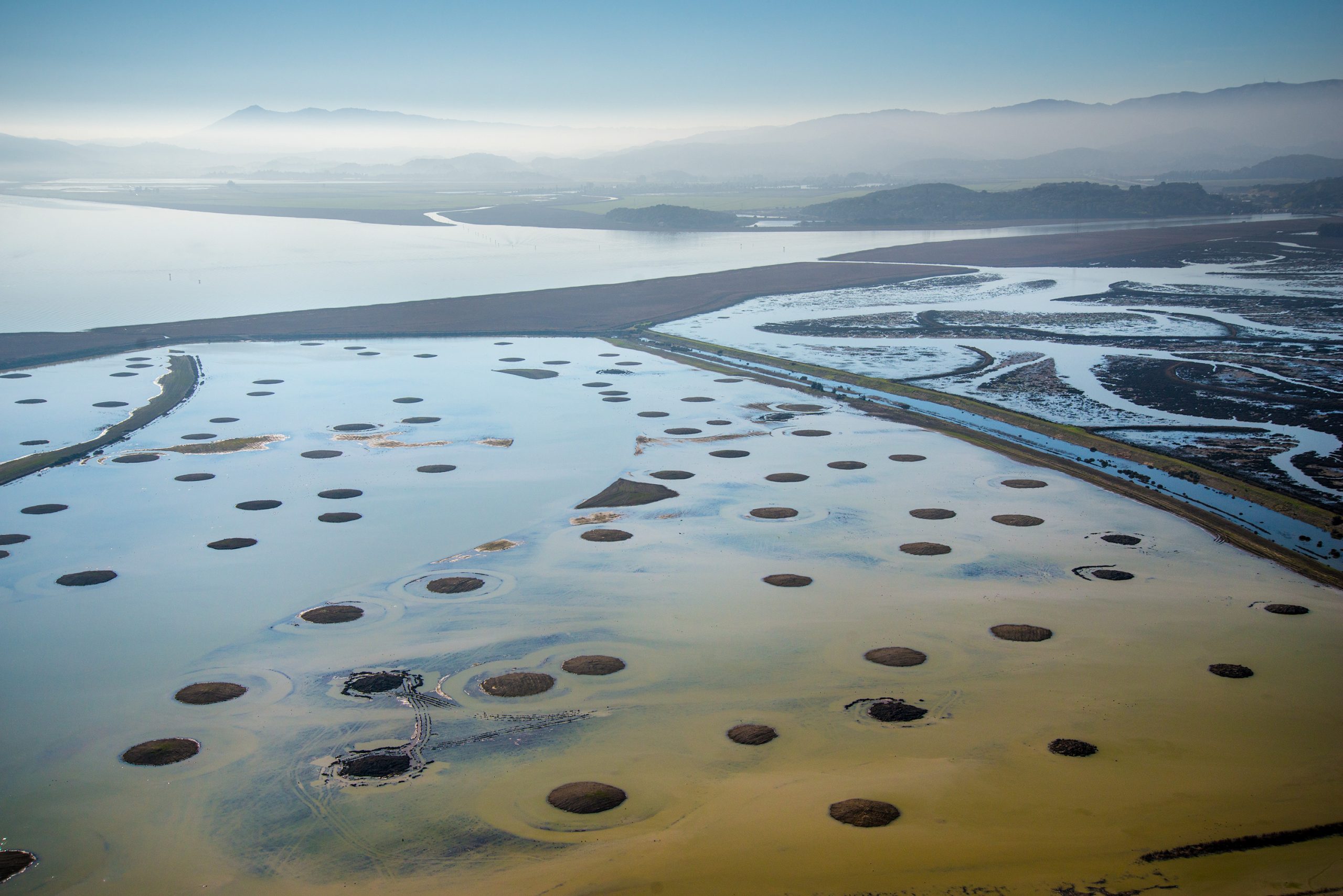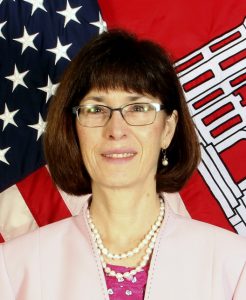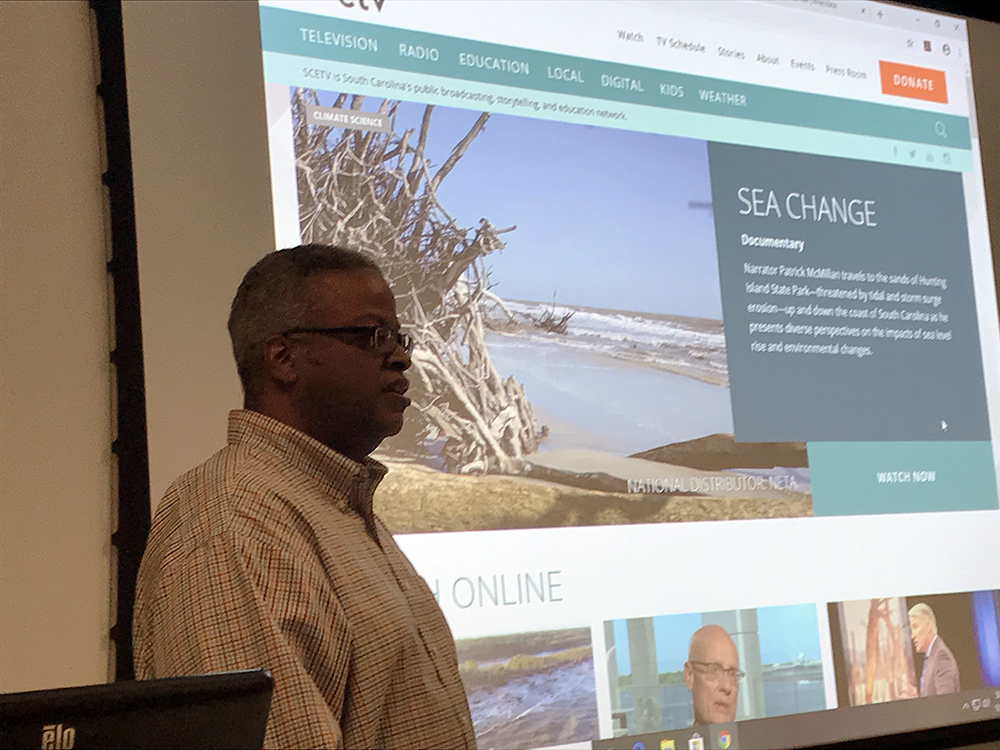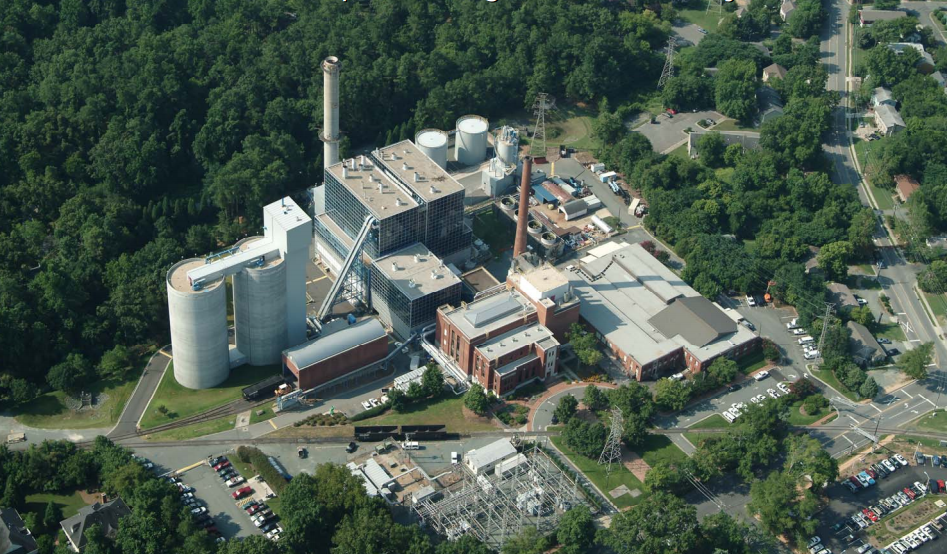
PIRS compares several types of plans and develops a composite score to show where gaps or incompatibility may make a community more vulnerable to hazards. Graphic illustration by Chris A. Johns.
By Lauren Jensen
On April 9, 2020, the Natural Hazards Resilience Speaker Series had a guest lecture from UNC’s very own Dr. Phil Berke. Dr. Berke is a leader in community resilience planning, and he has recently returned to UNC after teaching at Texas A&M University. Dr. Berke’s current work surrounds the Plan Integration for Resilience Scorecard (PIRS), a framework used to assess the integration of community plans and the incorporation of resilience and hazard mitigation strategies in these plans.
Dr. Berke explained that there is often a disconnect between the different plans that communities adopt. Communities large and small adopt many plans – transportation plans, comprehensive land use plans, housing plans, buyout plans – the list goes on. However, there are often silos present, preventing these plans from being well-communicated and coordinated between different departments.
In addition to having many disconnected plans, Dr. Berke also found that there is often poor integration of resilience and mitigation across these networks of plans adopted by communities, even in communities that are very vulnerable to natural hazard events. This showcases the disconnect between developers and land use planners, he said, and it leads to the over-investment in infrastructure in hazardous areas. This has led to an increase in the per capita and total losses that communities see from natural hazard events. However, this increase is not necessarily due to an increase in frequency or magnitude of disaster events, but rather the fact that developers continue to build in dangerous places and fail to listen to land use planners.
